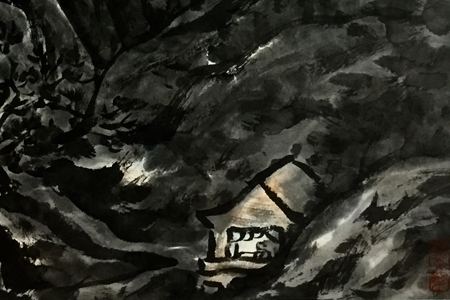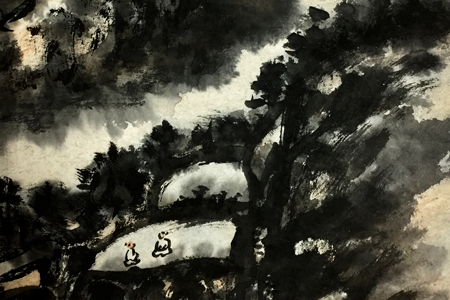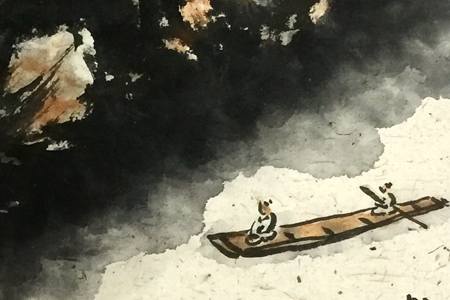Vikon's Philosophical Reflection on Black Painting
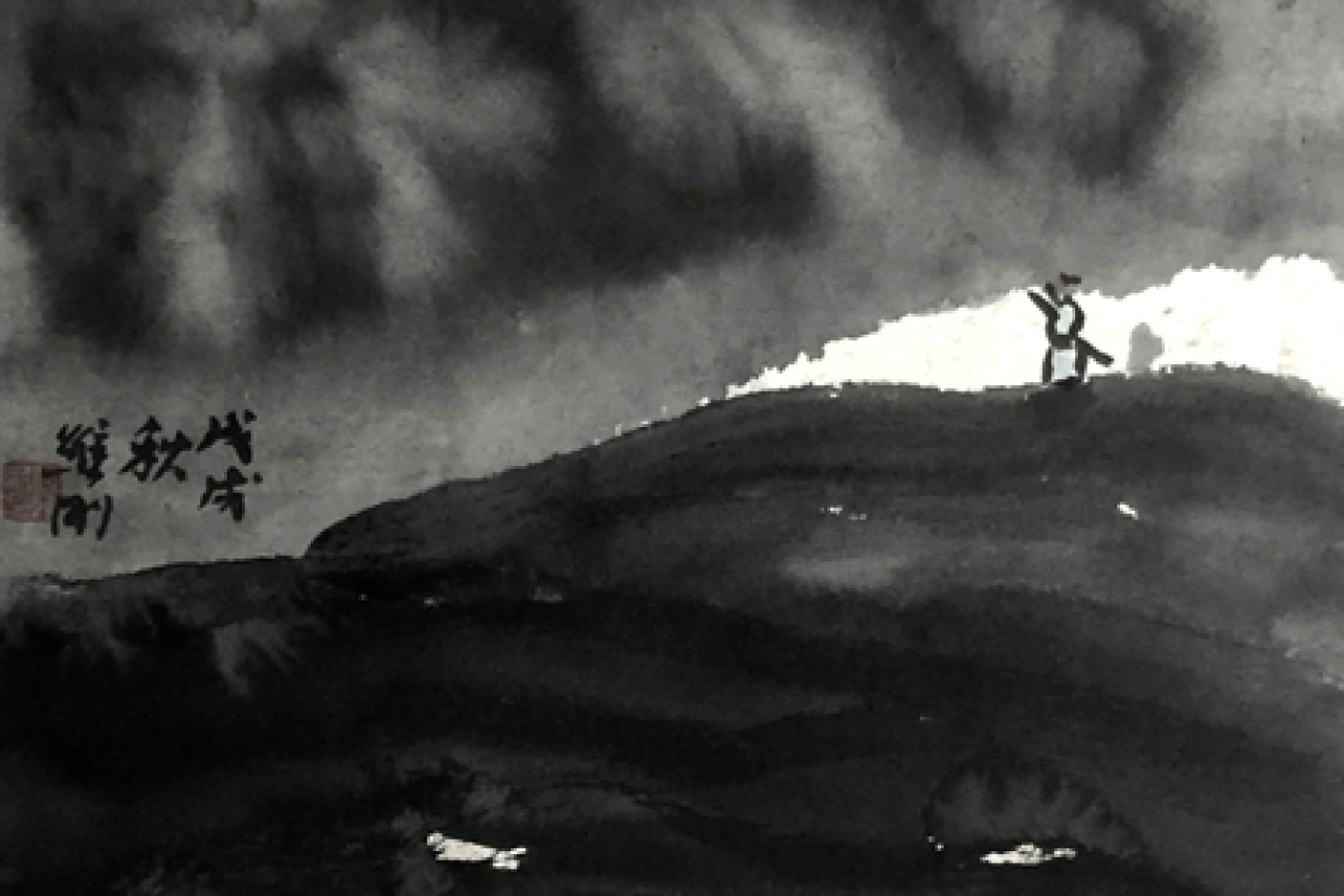
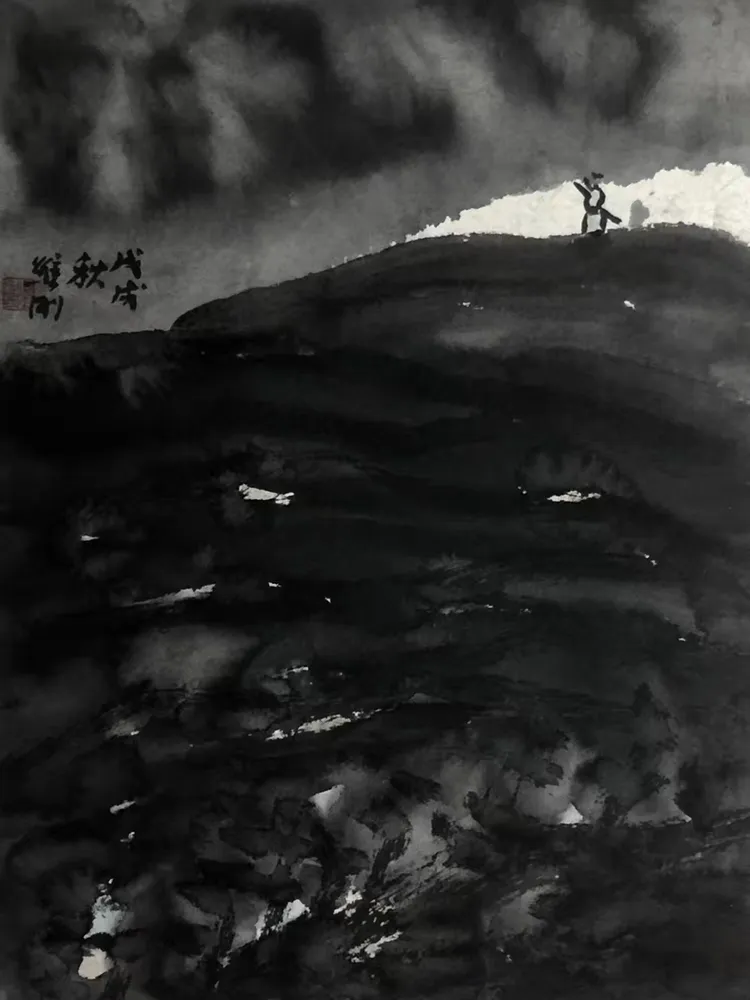
The Philosophical Realm in He Weigang's 'Black Paintings': A Spiritual Dialogue Between Tradition and Modernity
He Weigang's series of 'black paintings' uses extreme blackness as its language to construct a spiritual field that transcends traditional philosophy and modern art. His works are not only visually stunning but also profound philosophical speculation—from the Yin-Yang dialectics of the 'I Ching' to the Taoist view of 'existence and non-existence generating each other,' from the transcendental mood of Wei and Jin Dynasty metaphysics to the artist's ultimate inquiry into the freedom of life, He Weigang uses blackness as a medium to integrate the profound wisdom of Chinese philosophy with the avant-garde expression of contemporary art, forming a unique artistic philosophical system.
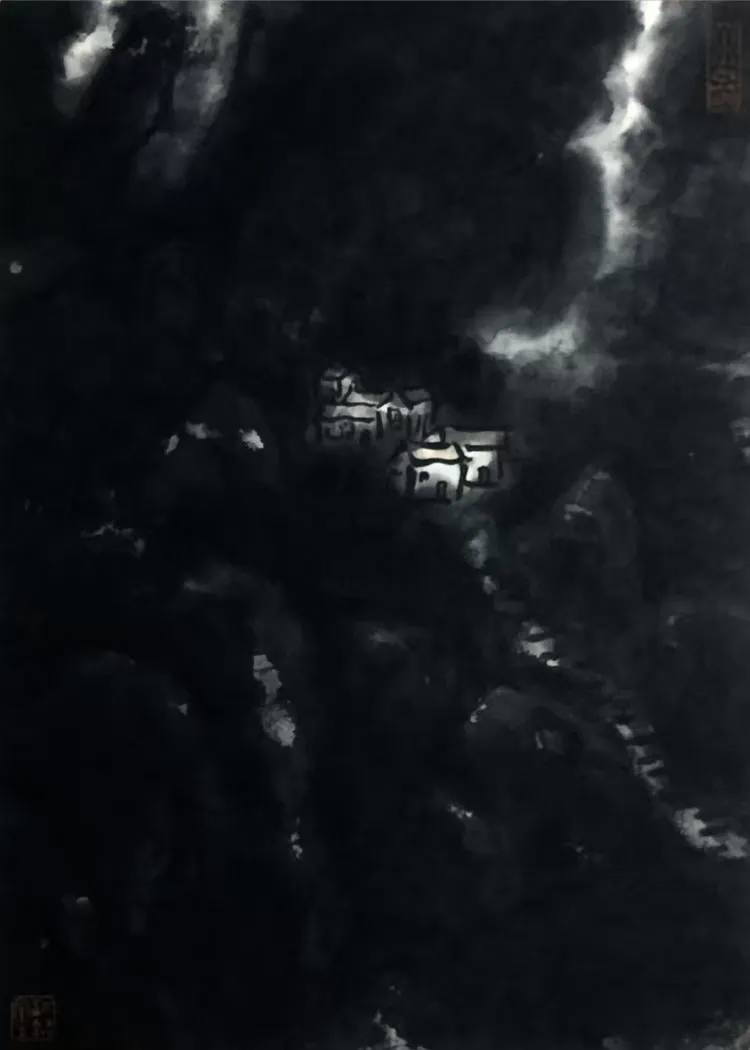
Yin-Yang Dialectics: The Vitality of Blackness and the Order of the Universe
In He Weigang's paintings, black and white are not merely a simple opposition of colors, but rather the concrete manifestation of "yin and yang interaction" as described in the I Ching. He often uses large areas of black as the base, with only sporadic patches of white or light gray serving as "points of origin," which aligns with the philosophical logic of "yin generating yang." For example, in a work titled "First Light," the black represents an unformed universe, while a very thin streak of white at the center of the painting resembles the dawn light. This symbolizes both the critical point of transformation between yin and yang and the instant when life bursts forth from nothingness. This composition echoes the fluidity of the Taiji diagram, where "yin contains yang and yang contains yin," revealing the essence of the unity of opposites in all things.
He Weigang once said, "It's easy to know black and keep white; it's difficult to know white and keep black." His creations subverted the inertia of traditional ink painting that counted black by counting white, instead turning black as the main body and using a reverse thinking approach of "keeping black to see white" to expand the boundaries of aesthetics. The layered sense of black in the painting—from the heavy ink's melancholy to the light ink's lightness, and then to the breath of white space—forms a dynamic balance. It is not only a visual interpretation of "all things carry yin while embracing yang," but also a metaphor for the spiritual predicaments of modern people: seeking order in chaos, capturing hope in darkness.

